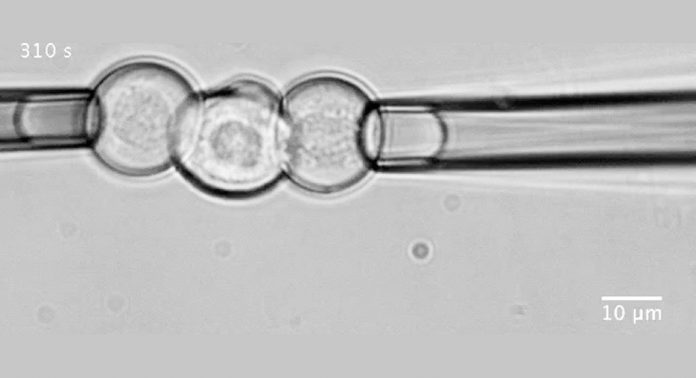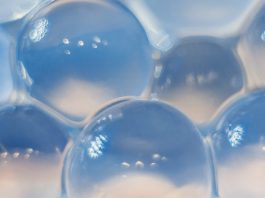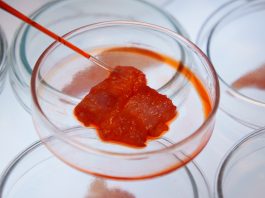Scientists at the Institute of Science and Technology, Austria, have developed several biophysical tools to test the strength of cell adhesion, furthering our understanding of cell patterns in developing organisms.
The precursor to the central nervous system, named the neural tube, is organised into domains of cells with different identities and purposes. Researchers have developed the ‘French flag model’ hypothesis as a potential explanation for how this pattern is created. This hypothesis suggests a signalling molecule sets up a gradient across a field of cells and the cell determines its identity according to the amount of signalling molecule it receives.
Contrary to the French flag model, cells move around as an organism develops, disrupting the strict division into domains, where an additional mechanism is needed. Combining a range of genetic, developmental, and biophysical experiments, researchers from Institute of Science and Technology (IST), Austria, have carried out a series experiments that can further our understanding of cell domain. Cell adhesion, or the ‘stickiness’ of cells, is the factor that keeps cells of the same domain together, and cells of different domains apart.
Variations of cell adhesion
The Heisenberg lab, led by Carl-Philipp Heisenberg, at IST has developed several biophysical tools with which they can test the strength of cell adhesion – for example, by measuring how much force is needed to pull cells apart. Applying this to cells from the zebrafish neural tube, the researchers found that cells belonging to the same domain stick together tightly, while cells from different domains are more easily separated. “This difference in the binding force can induce sorting processes”, explains Heisenberg.
The difference in cell adhesion corresponds with a differential expression of proteins in the domains, the researchers further found. The different cell types express different classes of cadherins: N-cadherin, Cadherin 11, and Protocadherin 19. When the researchers interfere with this expression, making cells express more or less of a certain protein, preferential adhesion and correct cell sorting are lost.
Heisenberg said: “Our experiments show that a sorting process based on adhesion, together with a gradient of the signalling molecule Sonic Hedgehog, leads to a precise sorting of cells into domains based on their cell type. By combining experiments from biophysics, genetics, and developmental biology, we were able to successfully solve this long-standing question.”









